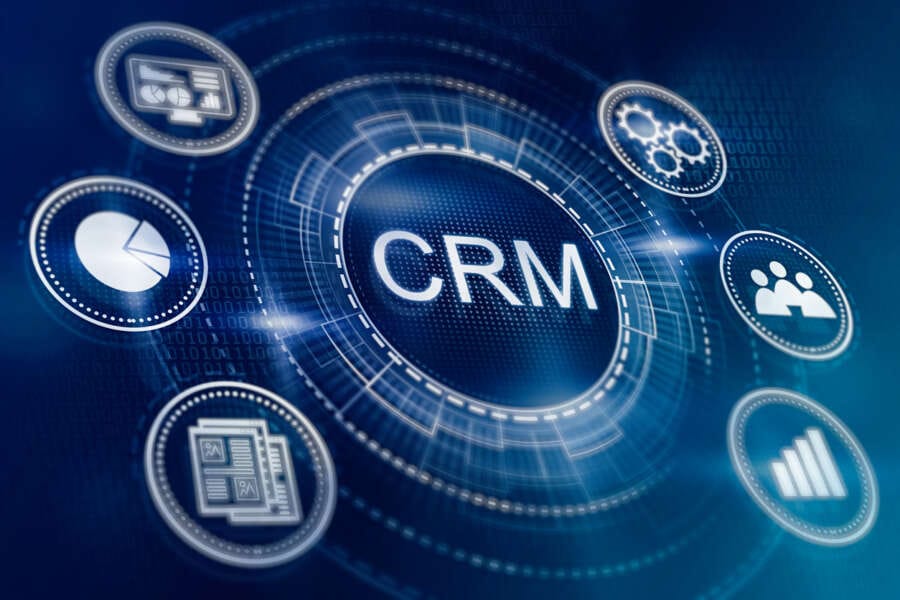

Customer experience is a crucial component of company operations yet many startup companies overlook it. Your company depends on its customers, so it’s critical to understand who they are, how to reach them, and what will keep them coming back.
However, when your company expands, this process may prove to be more difficult than it first appears. Huge volumes of client data, numerous customer contact points, and a variety of communication channels may all quickly lead to issues that are bad for your customer relationships.
Common customer relationships issues
The same problems with customer relationship management come up far too frequently. Here are a few of the more prevalent ones, especially among startups.
Disorganised customer data
One of the biggest challenges for businesses when it comes to customer relationship management is dealing with large amounts of disorganised data. Searching via several different platforms and sources is wasteful and increases the likelihood that your company will overlook an important insight. All of your data will be centralised if a CRM system is implemented, making it easier for you to find what you need, exactly when you need it.
Unreliable communication
Do you have the correct contact information on hand after you’ve finally located the insights and data you require? Do you know whether your customers respond better to emails or phone calls? When did you last get in touch with them?
Duplicated reporting
Even when the deal has been successfully closed, it’s still crucial to report on your achievements. As your sales and marketing teams continue to generate leads and acquire new clients, manually preparing reports takes time and the information rapidly becomes out of date. How can you stay on top of this crucial information without losing time? CRM software solutions provide real-time reports based on your sales and marketing data that are updated as frequently as the information you submit. It is simple to create custom reports with graphs, charts, and other visual aids that highlight important findings and help your sales staff demonstrate how they affect revenue.
Using a single platform and CRM tools, you can immediately call, text, or email your contacts. You can quickly look up all of your previous correspondence with that person, or you can check a customer’s past purchases to address any questions or concerns they may have. This helps to personalise the experience for your consumer and reduces inefficiencies for your sales staff.
CRM tools can be used to solve all of these issues. It can streamline processes, develop a sales pipeline, and analyse all of your sales data in one place. Utilising this tool will increase productivity, enhance client satisfaction and generate leads.
CRM integration for increased sales
Businesses get a significant advantage by using CRM to enhance customer experiences while also expanding their clientele. According to 82% of survey participants in 2021, one of their CRM team’s top priorities is “active client retention.” The best approach to make the most of these technologies, though, is to include them in your communications system.
You will have simpler access to all customer data, including ages, locations, genders, hobbies, and interests, by combining CRM tools with cloud-based, this will help you create more cost-effective marketing campaigns and target specific consumers for sales.
Whether you contact customers by phone, email, or social media, you can keep track of every interaction. CRM integration makes it simpler for your staff to communicate both internally and externally with distributors and suppliers. This makes it possible for you to collaborate on strategy and put best practices into use throughout your whole company in all consumer interactions.
An example of CRM software integration done well is with the National Tennis Association. They worked with CircleLoop to implement CRM software, Hubspot, allowing their users access to features such as contact sync (automatically sync your Hubspot contact data into CircleLoop) and enhanced inbound caller ID (If a contact is in your Hubspot CRM, you’ll see full contact details and tags on the inbound call).
CRM is important for enhancing the client experience.
One of the most well-liked business tools nowadays is CRM. Gartner predicts that the market for CRM software will expand by more than 14% through 2025, and it is easy to understand why.
More companies are seeing the necessity for these technologies as part of their customer communication strategy since CRM spans the entire customer-business relationship, including direct encounters. It helps businesses build relationships with their customers, which in turn builds loyalty and eventually customer retention—a skill that is invaluable in uncertain economic times.
However, these technologies also have other advantages, such as enhancing and simplifying daily operations, lowering expenses, and giving your staff more time to focus on client demands. The benefits are so significant across the board that companies who haven’t utilised this tool will quickly fall behind their rivals in managing their consumer connections effectively.
The field of customer service and sales has changed and will undoubtedly continue to do so. Rethinking how you interact with consumers and how you handle those interactions can be the difference between success and failure for your company as it tries to stay ahead of this ever-evolving beast.


